Regional print media – Part 1: Thriving, buoyant and preferred
Increasing media fragmentation and the growing penetration of digital media have changed the media landscape today. While globally print has perhaps got the worst end of this digital onslaught, in India print is still witnessing growth. Print media in the regional space remains buoyant and still commands a significant share of the ad spend pie.
As per various reports, Indian language papers have overtaken English press on the back of aggressive and innovative marketing strategies and growing literacy rate. According to the Indian Readership Survey 2014, barring Mathrubhumi, which had a slight dip in their readership, all other regional publications registered good growth in their readership. Print media circulation saw an 8.2 per cent growth in 2015, however, growth of advertisement revenues was a tad lower at 7.3 per cent.
In this two-part series, Adgully presents the insights of a cross-section of major regional publishers as to what keeps regional media buoyant, the key growth drivers, impact of FDI cap at 26 per cent, wooing the advertisers and more.
He further added, “Growing literacy rates in villages and popularity of local languages help regional newspapers in capturing newer markets and penetrate deeper in to the regions than any other medium. The regional press has a better ringside view of the local happenings and is mostly the first point of reference for most of the population.”
According to him, other key growth drivers responsible for growing regional media industry include better printing technology, improved paper quality and peppy designs, which have ensured that the regional title of today have no connection with the limp black and white paper of the past.
George continued, “Additionally, the cost for global newsprint process remain benign, increasing profitability as printing paper accounts for 40 per cent of the total cost of dailies. Media players have taken to brand activation in a big way, providing integrated solutions to advertisers. Due to its local nature, the regional press understands the pulse of the city well and is preferred brand for promotions, launches, awareness campaigns and consumer connect initiatives.”
Echoing similar views, Pradeep Dwivedi, CEO, Sakaal Media Group, said, “The increase in affluence and consumption levels in regional markets has been the key growth driver over the last decade. This trend is likely to be sustained with increase in literacy as well as emergence of a younger generation that is more aspirational. If you see the way some of the progressive states such as Maharashtra have grown, the attention of advertisers as well as content creators is substantially going beyond metros like Mumbai. This is visible across all media types – Cinema, TV, Print, Radio, etc.”
Ajit Nair, National Head, Advertisement, Lokmat Media, observed, “As media consumption evolves across markets, we are seeing an upward surge in consumption of media across platforms even in the regional space. What we are seeing is that while English press increasingly continues to be confined to metro markets, the regional newspapers are showing impressive growths aided by dual readership and increased penetration into newer niches in tier 2 and tier 3 cities. I think this is because regional print has evolved the ability to go hyper local – something that we see consumers in large numbers relate to.”
He added, “Being very ROI led, even in the digital space we can see definite regional consumption patterns emerge and are seeing digital adding to the overall media consumption hours in the regional space rather than replace any other medium. We are seeing trends emerge where even digital consumption in certain genres is getting regional with very strong traction. Further, the overall movement is also towards more engaging patterns with an audience that is much more local and that is where regional media comes into play.”
Varghese Chandy, Vice President, Marketing, Advertising Sales at Malayala Manorama, lists three key growth drivers for regional media in India:
- Preference to read content in one’s own language
- Strong local content provided by regional media
- In a market like Kerala regional print is very strong, with English adding insignificant incremental reach
K Uma Shankar, Vice President, Marketing – National, Prabhat Khabar, pointed out that economic growth is coming from the small towns. “Metros are saturated. Also, regional papers follow issue based journalism, which is very important from media consumption point of view. The first priority of any media consumer is to know what is happening around him. Also, literacy growth is another key growth factor which is coming from Rural India,” he said.
Growth in terms of circulation and readership
Mathrubhumi: According to July-December 2015 ABC figures, Mathrubhumi had a readership base of 61 lakh approximately. Overall, regional newspapers, including Hindi, have been witnessing growth with the launch of new editions.
Sakaal: Dwivedi said, “At Sakaal Media Group, we remain undisputed largest circulated newspaper group in Maharashtra as per latest ABC audited figures of nearly 1.3 million copies every day, and that reinforces the credible position that we have enjoyed for the last few years. As far as IRS readership numbers are concerned, everyone is aware these numbers and the underlying methodology has been under some debate by various quarters, and we hope and expect that the improved methodology being adopted for what will become IRS 2016 baseline actually validates our readership superiority. Ultimately, from advertisers’ perspective, it is the response that we deliver that matters, and we have absolutely spot-on in that respect.”
Lokmat: Lokmat is seeing an increase in both circulation and readership numbers, backed by a switch to dual readership in metros and its ability to expand the market in tier 2 and tier 3 cities. As an example, Lokmat just displaced an incumbent in one of its major markets, Pune, to become the market leader. The success of that came in from ability to expand the overall market by targeting new consumers in the same market as also by using a strong hyper local focus to encourage a shift to our product.
Malayala Manorama: Malayala Manorama’s circulation numbers increased by about 5 per cent during the ABC period of July-December 2015, compared to the previous year. On absolute terms, this is an increase of more than 1 lakh copies. The last IRS round which has industry wide acceptance is Q4 2012. The publication had registered a readership growth of more than 10 per cent from 2007 to 2012, to reach 97.6 lakh readers. The growth is especially commendable in Kerala, where literacy levels have been more than 90 per cent and has had a decadal population growth of less than 5 per cent, which is incidentally the lowest among the Indian states.
On the other hand, Uma Shankar found it difficult to explain the growth numbers in terms of circulation and readership, “because all dailies are not certified by ABC and we don’t have IRS numbers since the last two years”.
The regional growth story
According to ‘Press in India 2014-15’, the 59th annual report of Registrar of Newspapers for India (RNI), the top three states having the largest number of publications were Uttar Pradesh (16,130), Maharashtra (14,394) and Delhi (12,177). Prabhat Khabar witnessed the maximum growth in terms of circulation in HSB (Hindi Speaking Belt).
The highest growth is coming from North India, where Hindi language dailies have been expanding their footprint by introducing new editions. A large population and increasing literacy levels provide a conducive environment for media growth there. Meanwhile, Malayala Manorama has been on a fantastic growth path in Kerala.
26% FDI cap and impact on regional media players
According to Uma Shankar, the FDI cap will not have a very big impact on regional dailies as many of them are small and medium publications and might not attract much FDI anyways.
Along same lines, Varghese Chandy added, “Regional players like Malayala Manorama are extremely strong and foreign media are not going to add any value to our offering.”
Here, George Sebestian opined that the impact would be nominal, but would certainly lead to a highly competitive environment, which would be good for the overall industry. “Additionally, since print media is a sensitive area, it wields enormous influence on public opinion, thus compromising on certain inherent values which a particular brand stands for delivering accurate and impartial news can become a concern for the entire print industry,” he added.
“The decision to keep the FDI capped at 26 per cent is clearly one that has multiple and divergent views within the industry. We believe that enhanced infusion of capital beyond 26 per cent without relinquishing control may actually help bring improved technology, global best practises and digital readiness and help print media continue to modernise and face up to the future,” commented Pradeep Dwivedi.
Part 2: Regional print publications as advertising vehicles









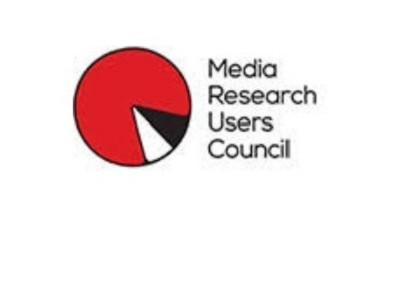
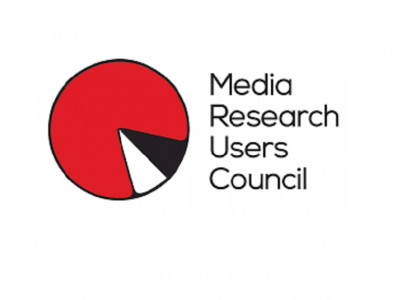
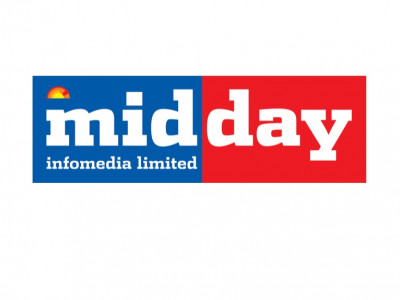
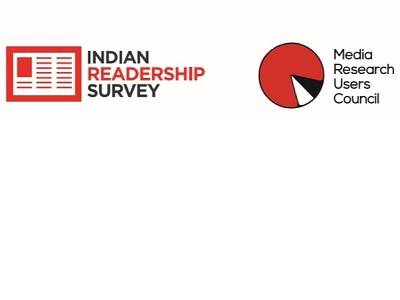


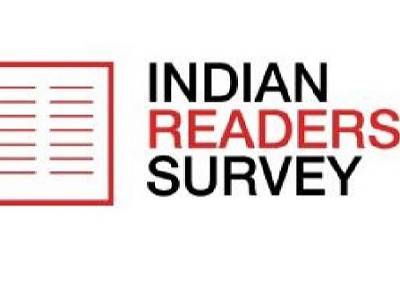


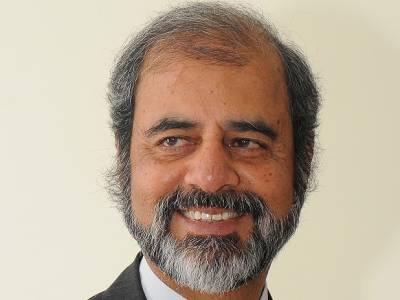




Share
Facebook
YouTube
Tweet
Twitter
LinkedIn